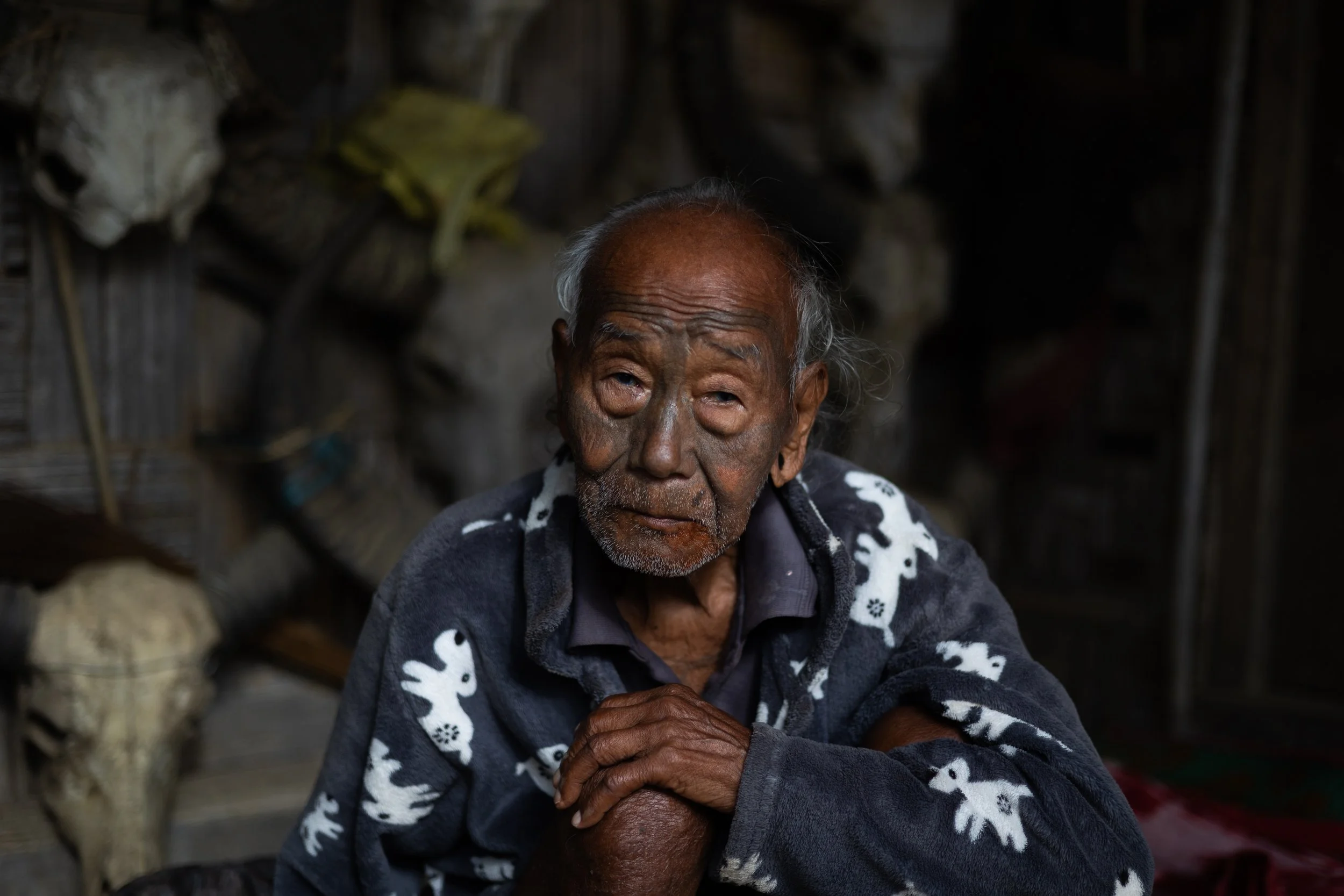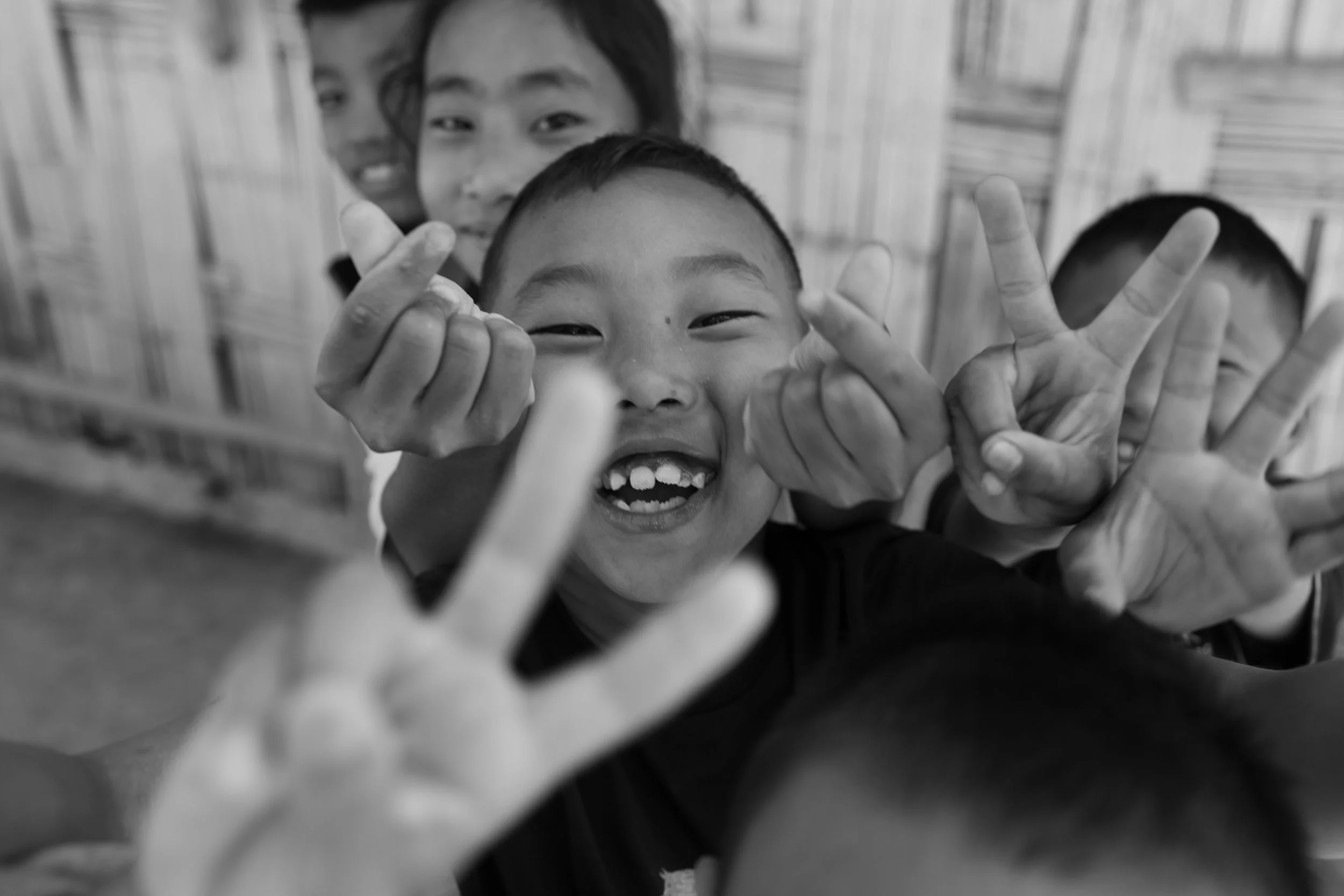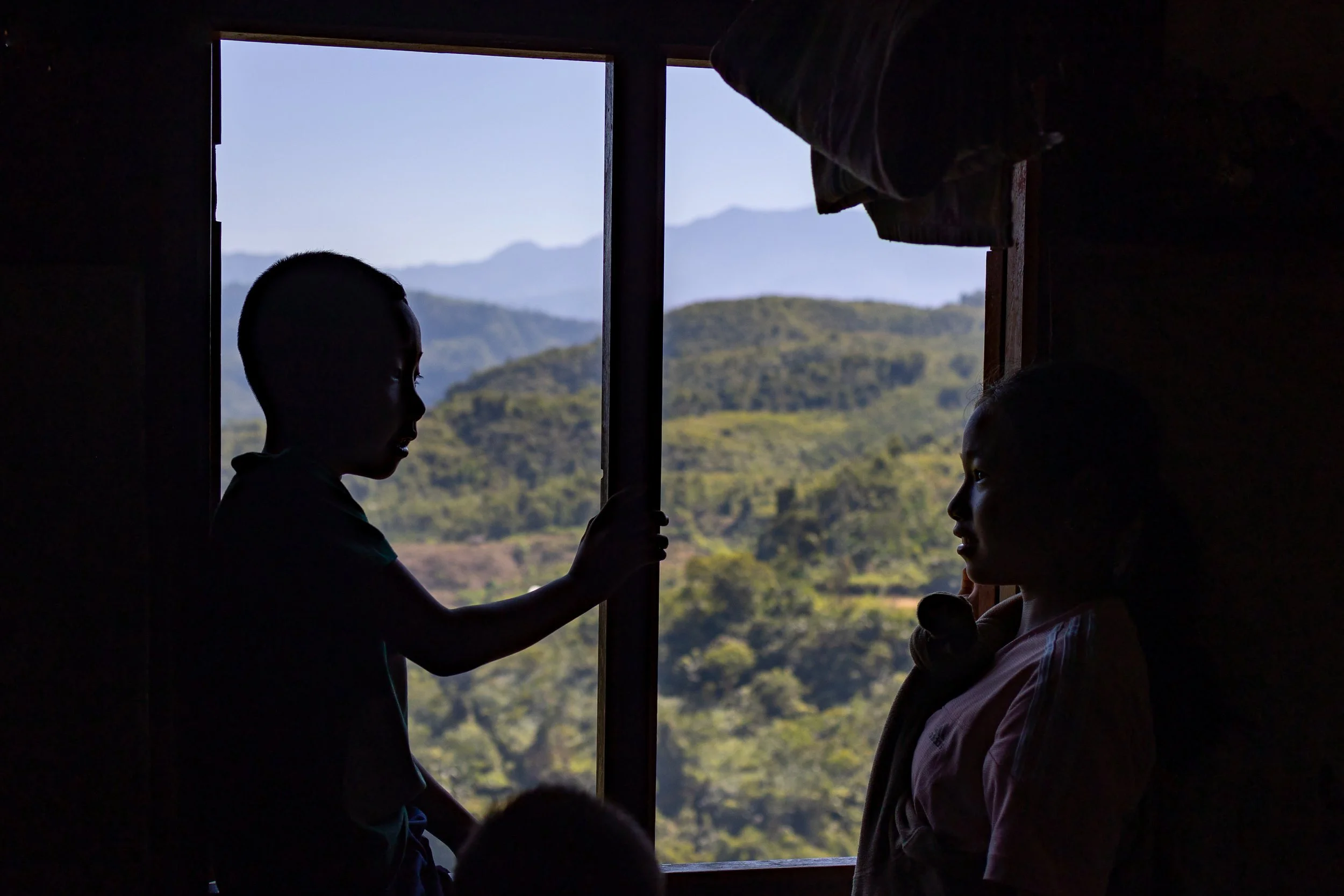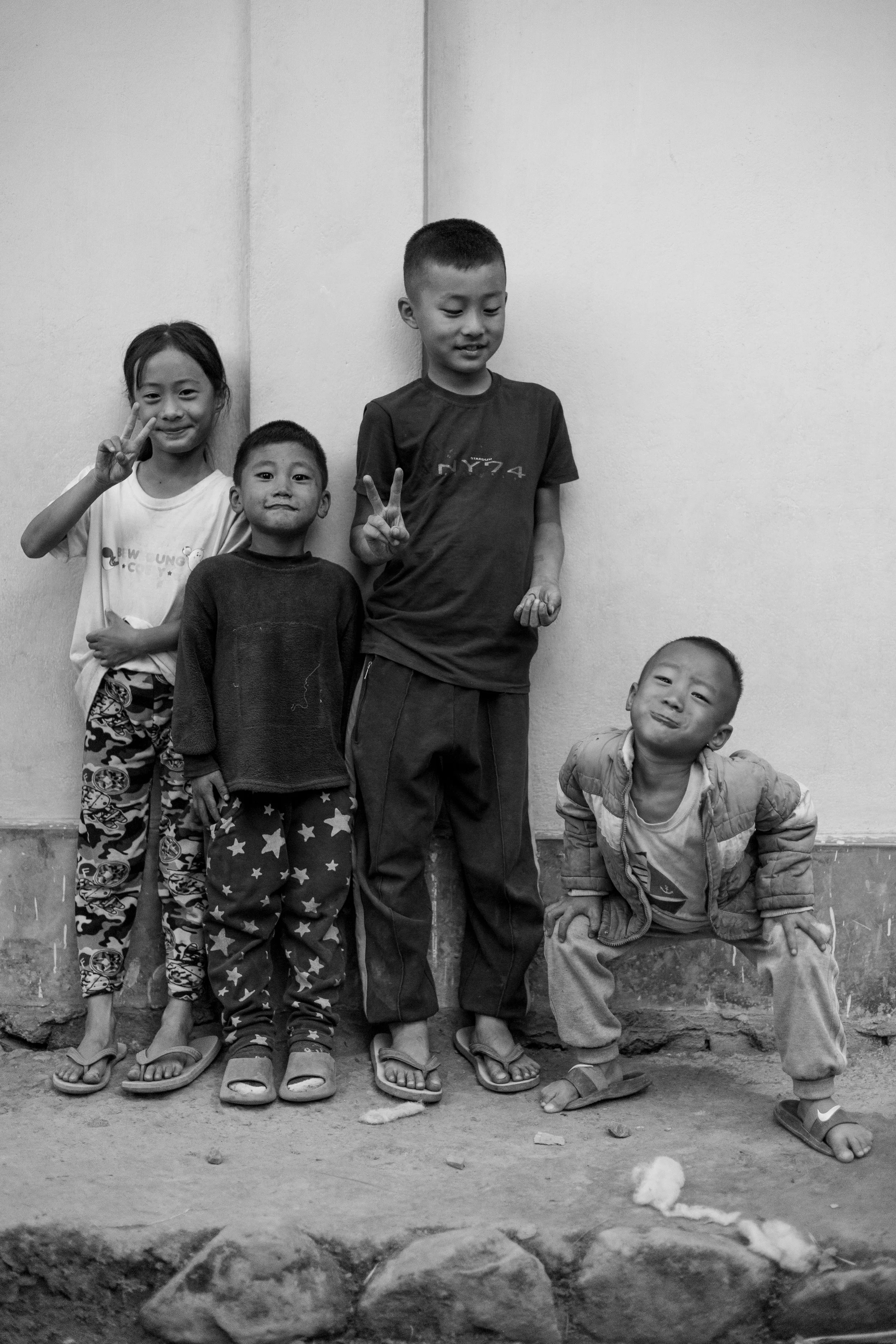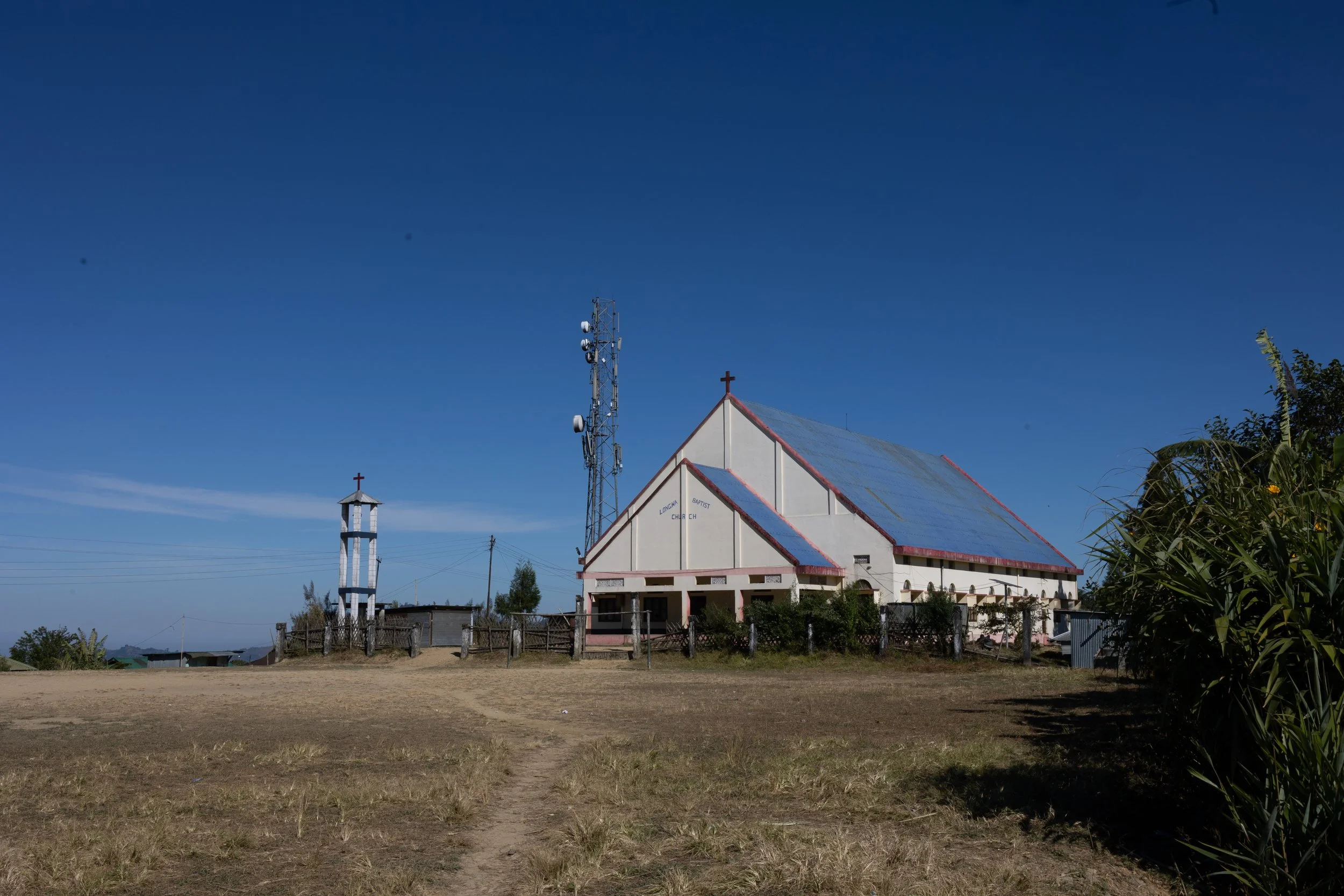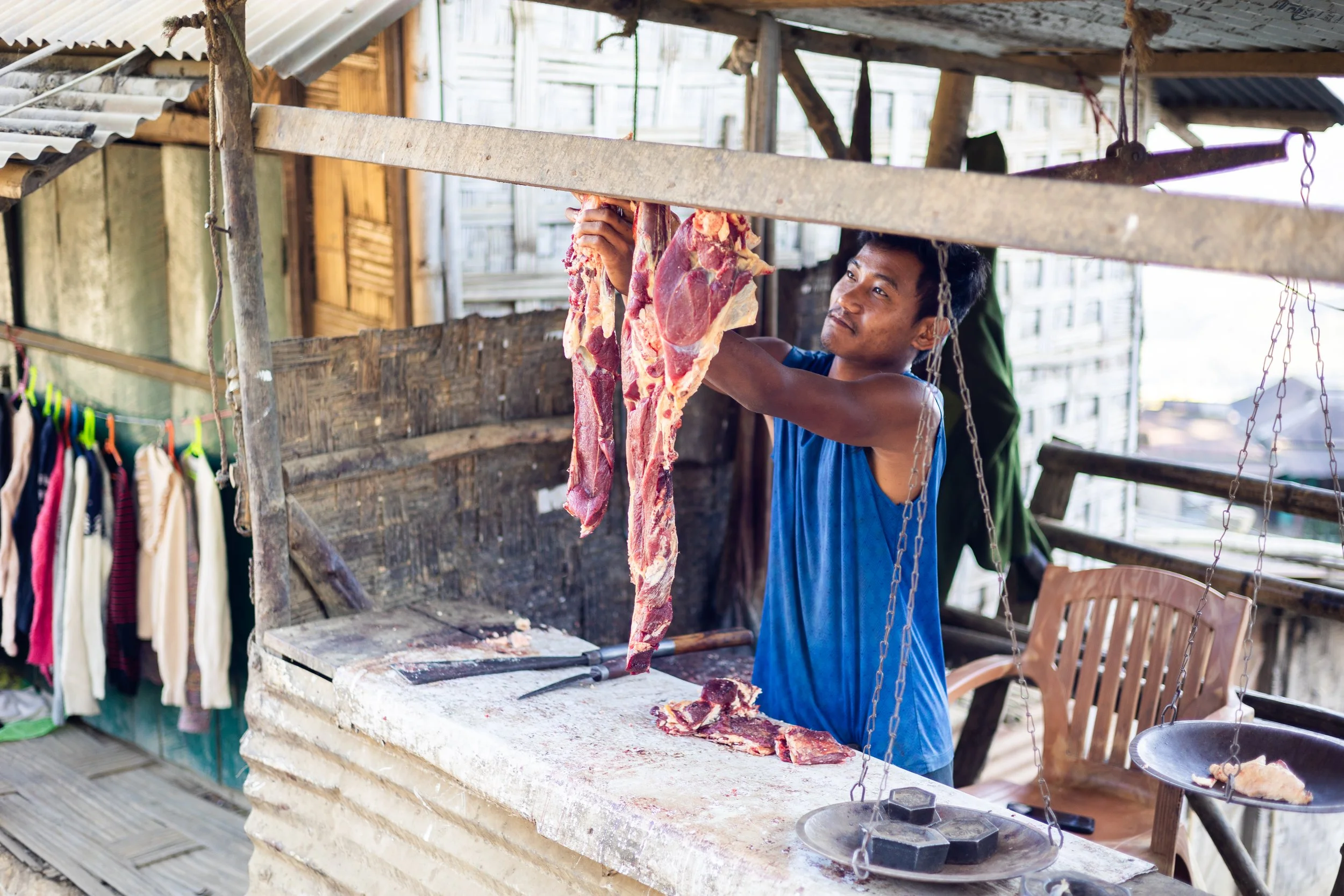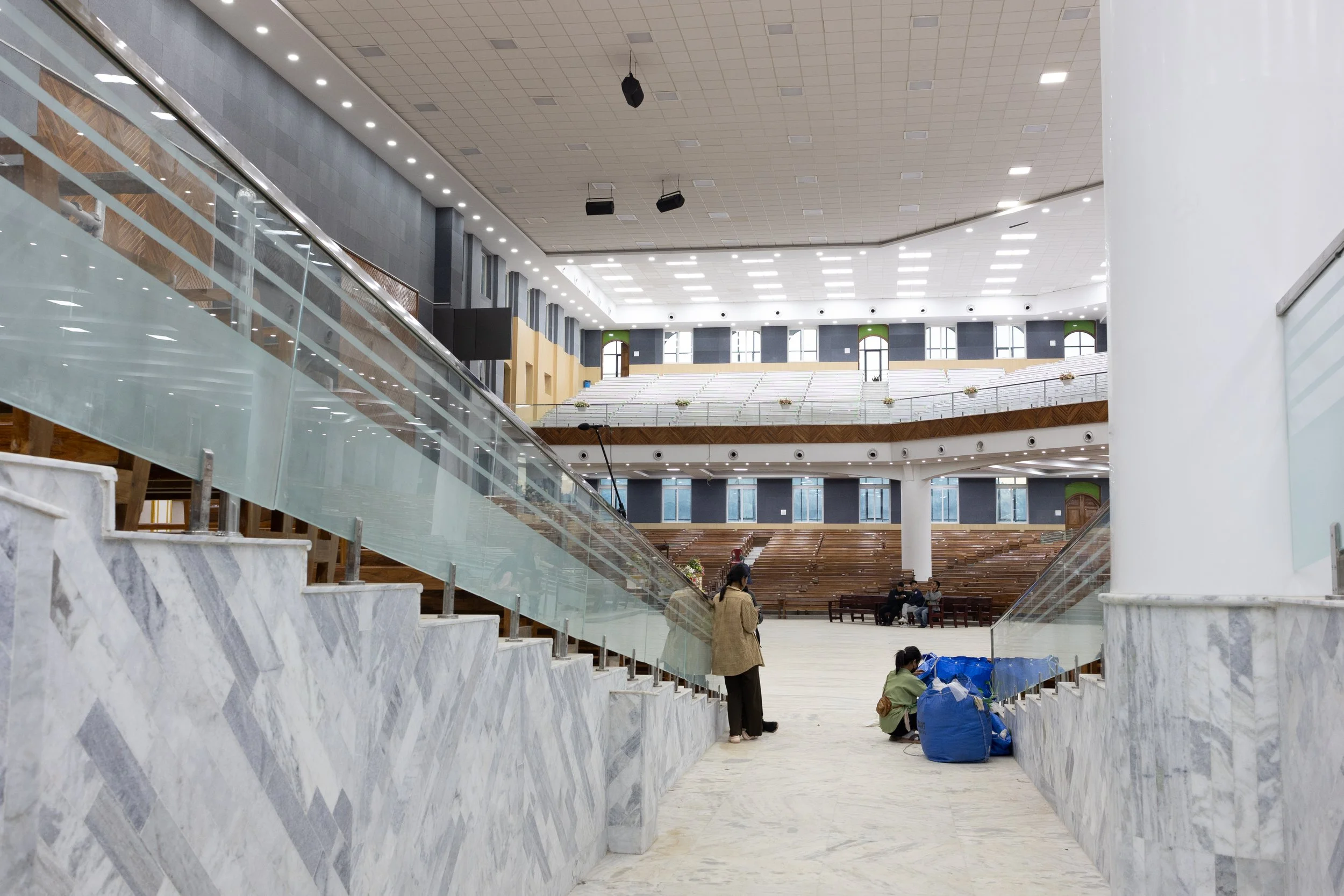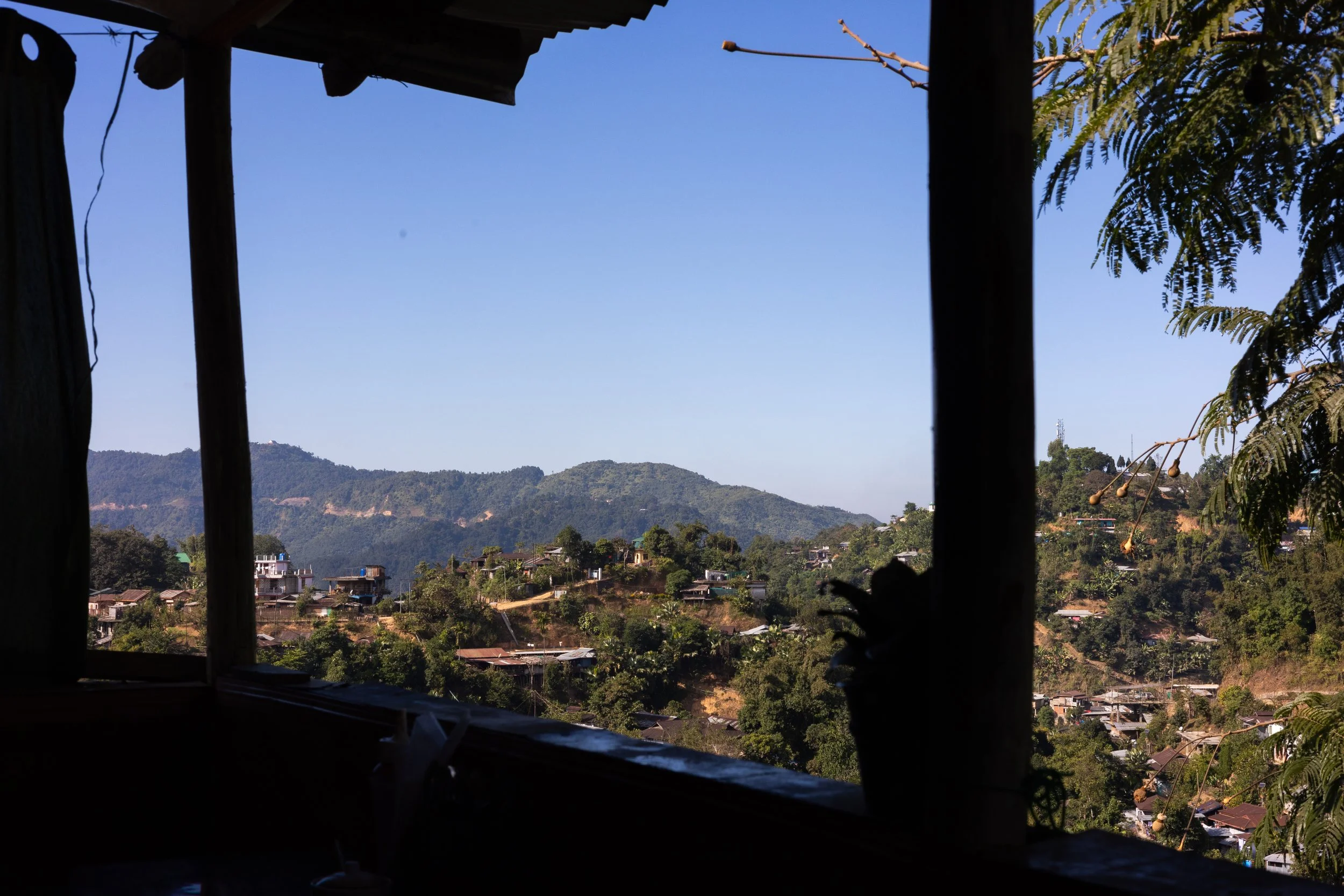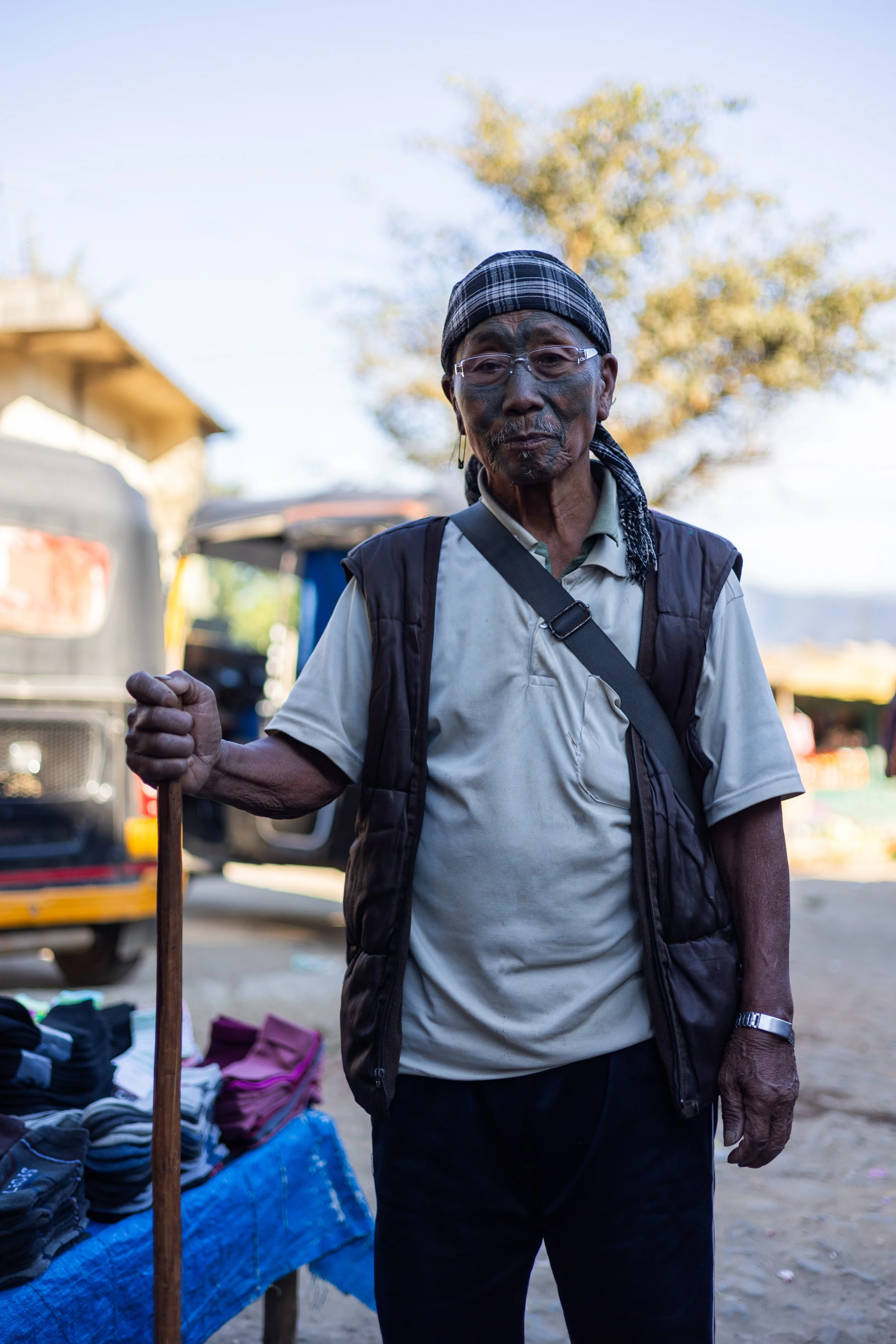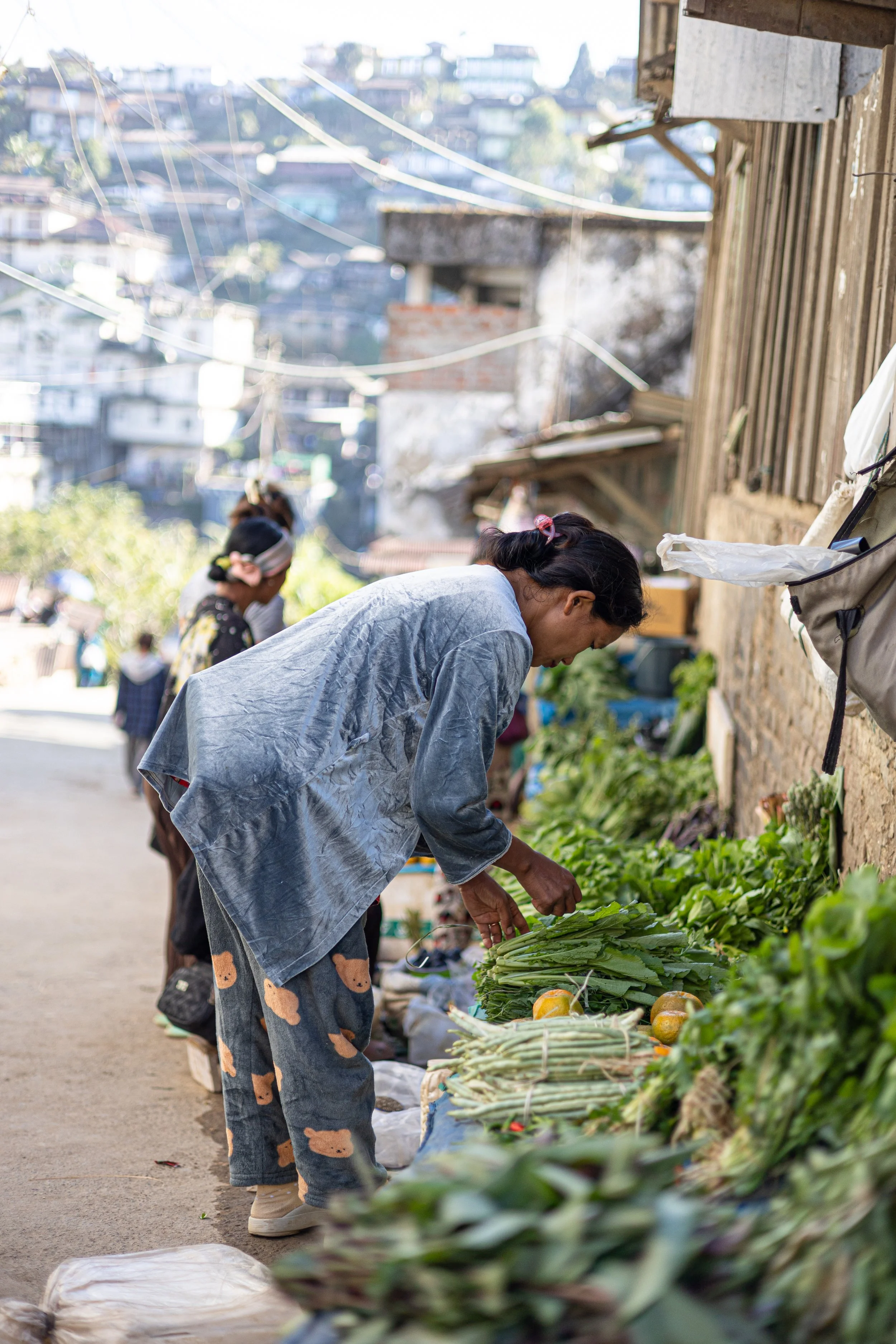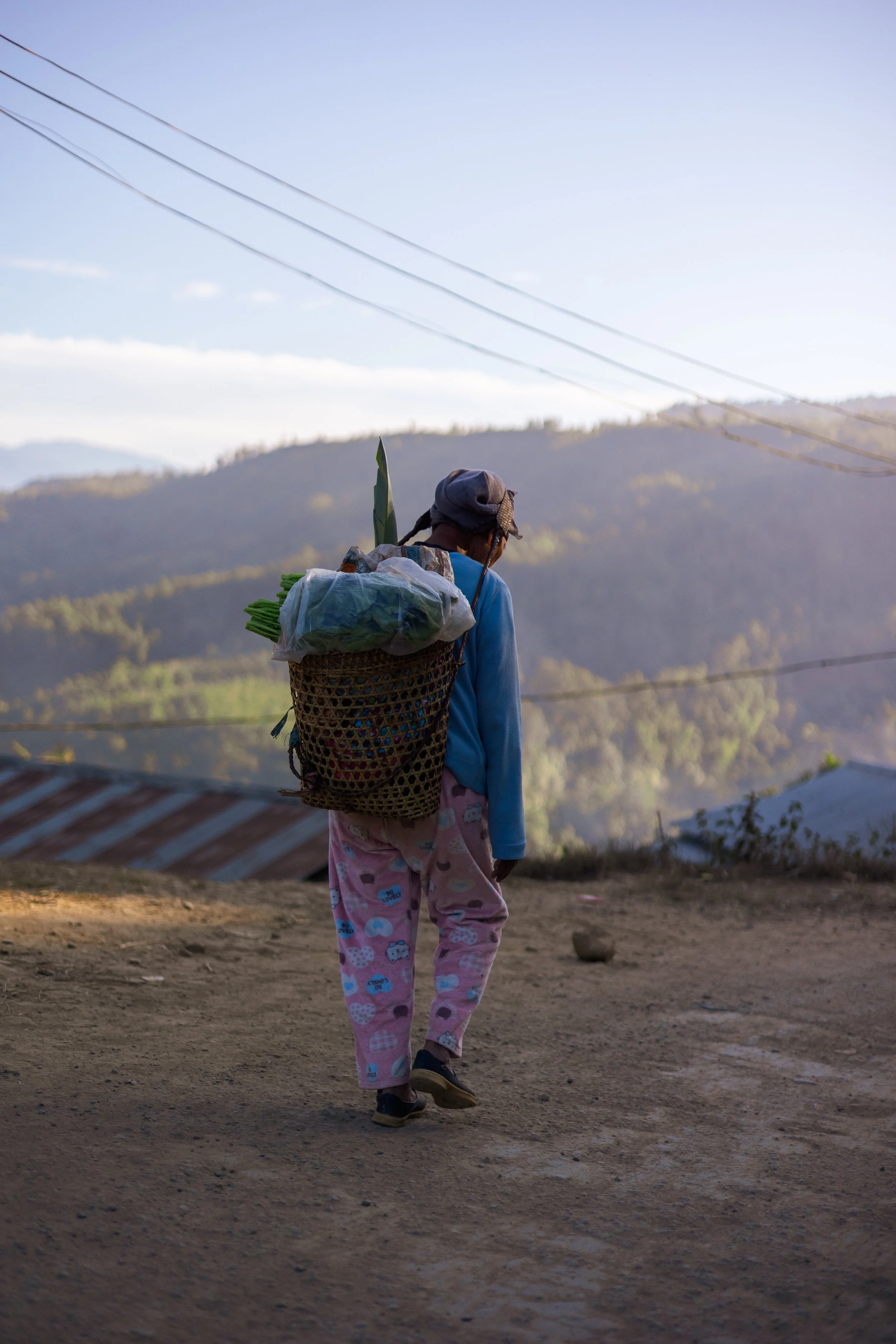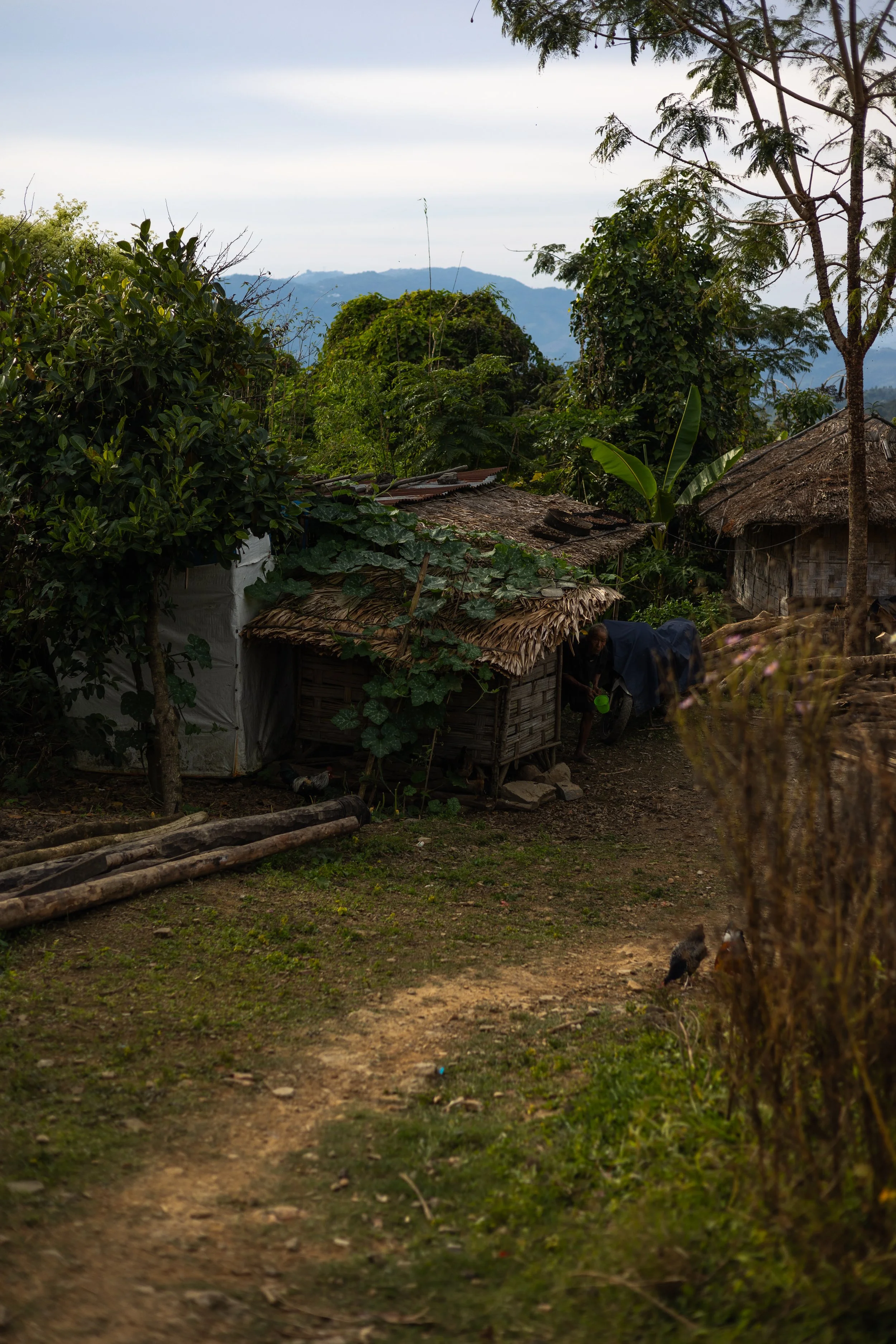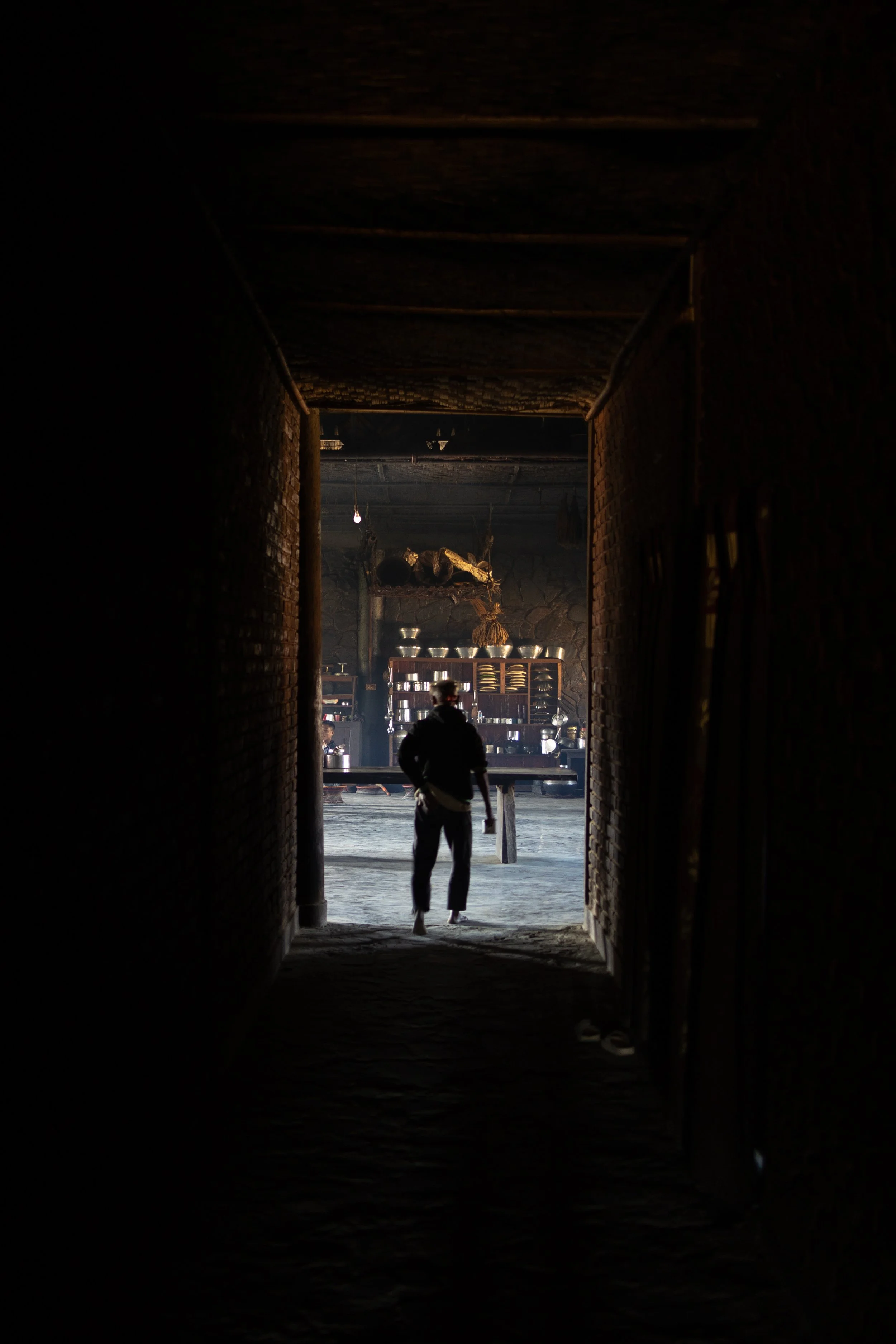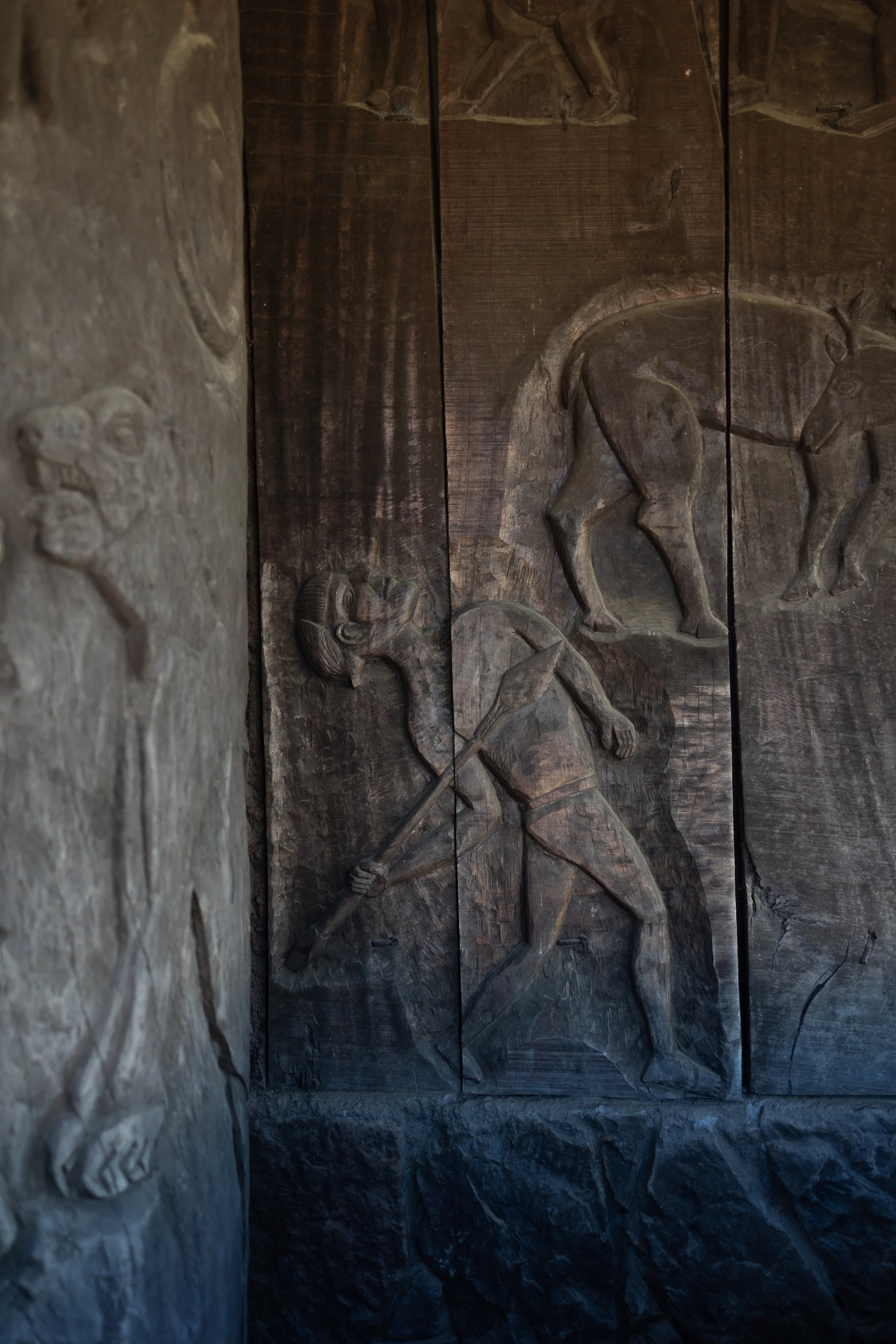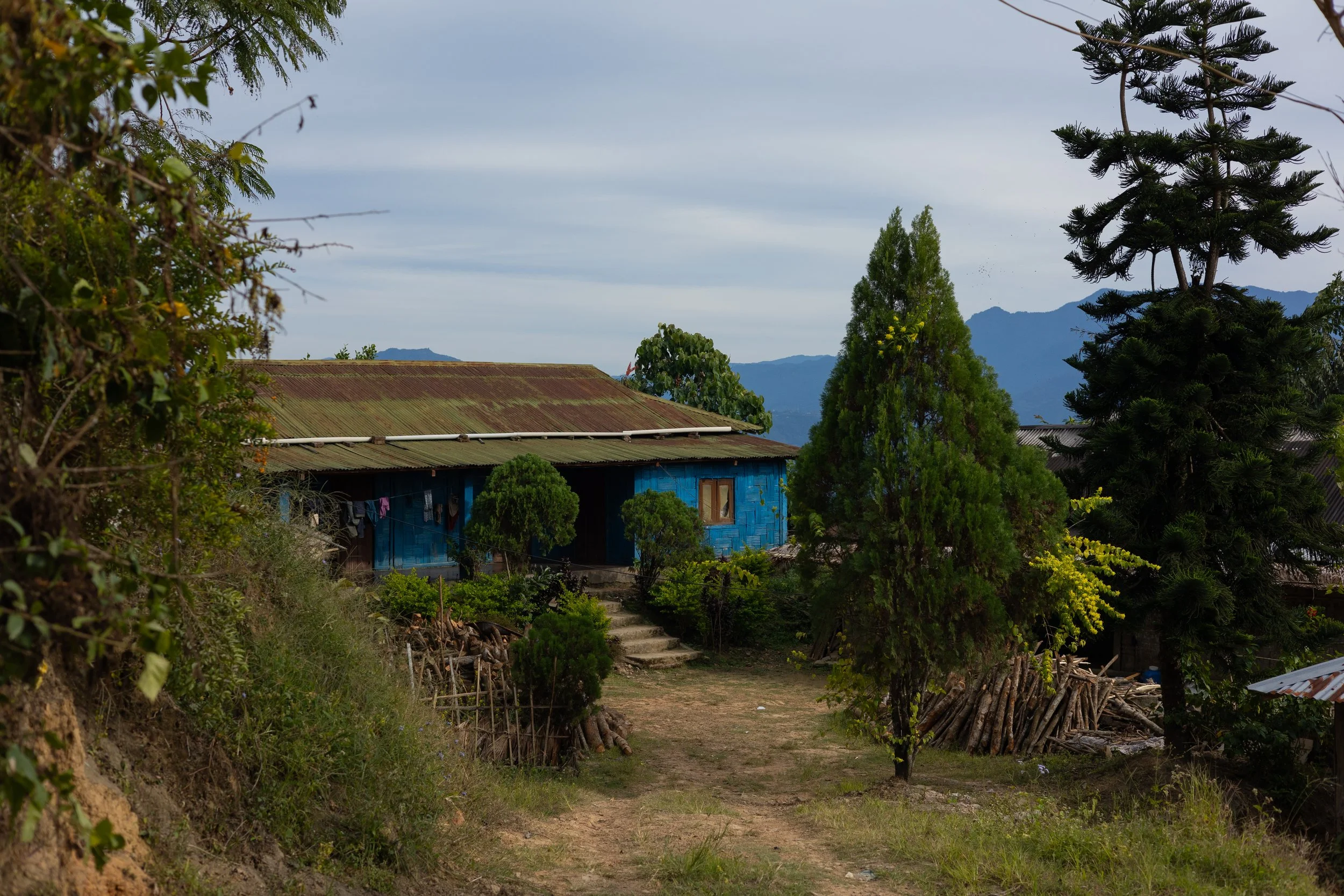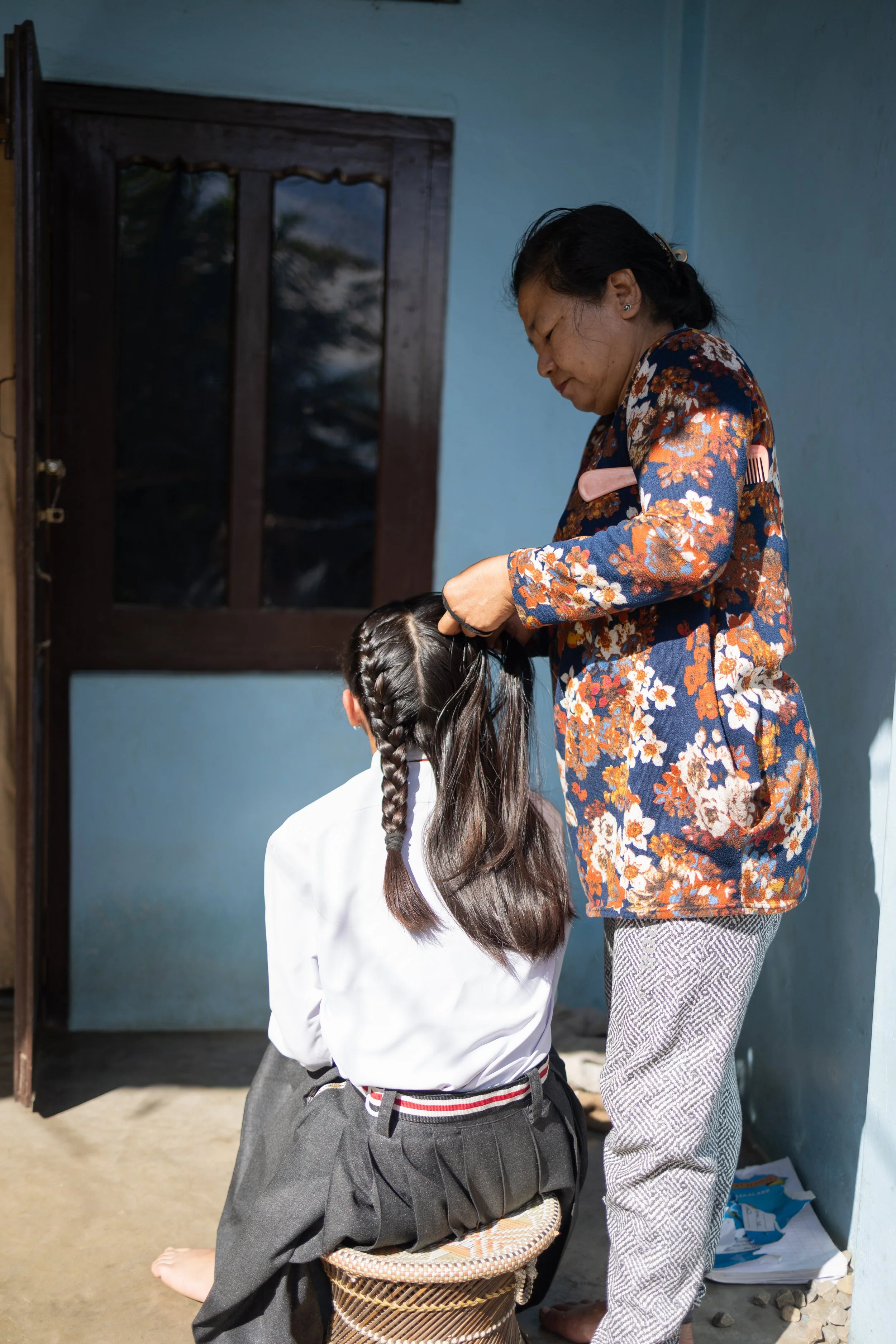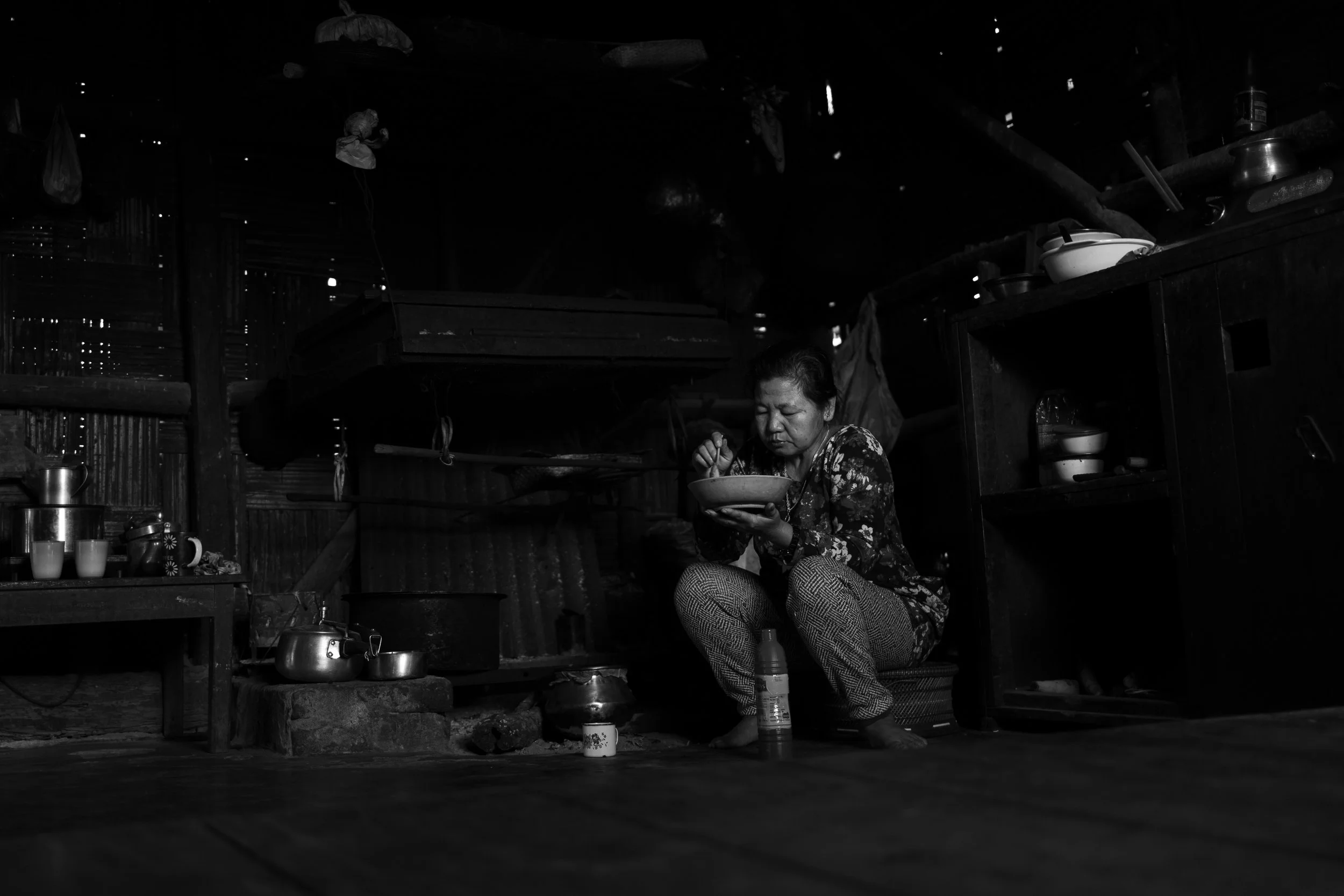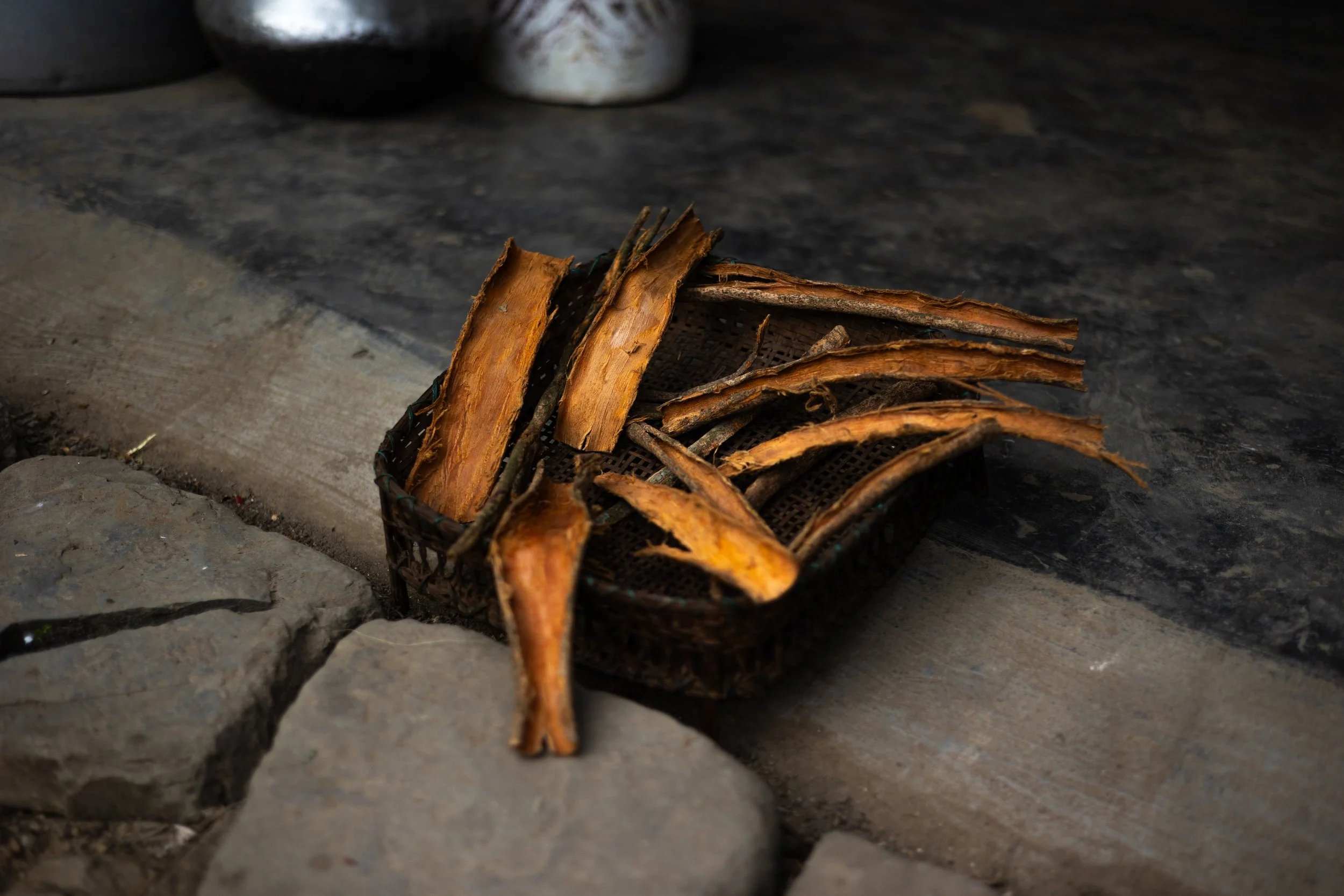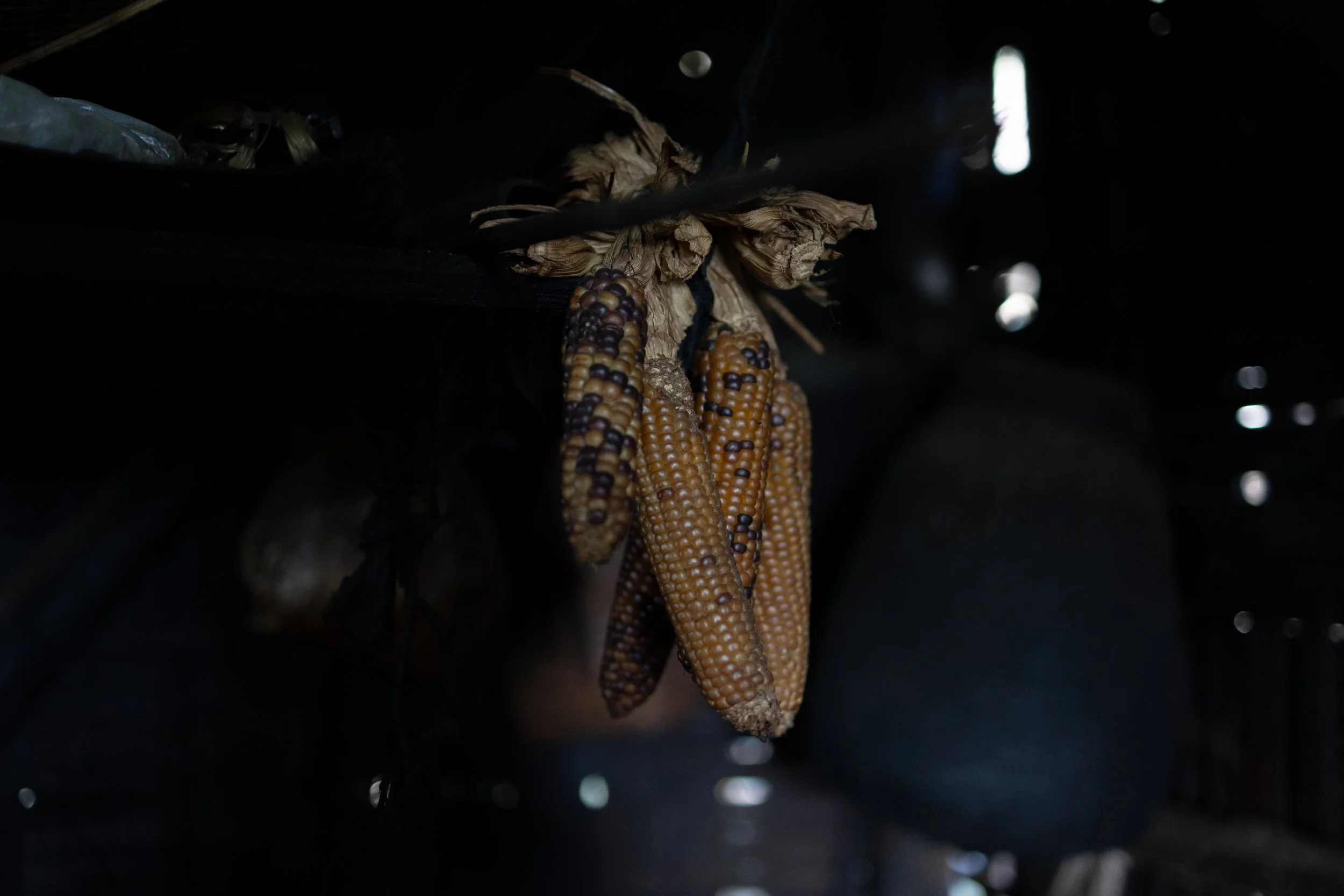The Last Headhunters
Nagaland, India - November 2023
If someone was to say the word ‘Nagaland’ to you, what would you think?
The next planet for the inhabitants of Avatar? a new land for the TellyTubbies? or sequel to the Emma Stone and Ryan Gosling musical?
Hopefully I’m not embarrassingly alone in my ignorance but the correct answer is: one of India’s twenty eight diverse states.
Nagaland gets special recognition too. It’s had a remarkable ability to hold onto it’s fascinating indigenous tribes to the bitter end. By bitter end I mean, the unstoppable tidal wave of ‘westernisation’ that’s bleaching the planet of all it’s culture. Before we dive in, I need to rewind to the beginning of my journey - pre my Nagaland awareness…
During my travels in India, East India caught my eye. If you take a look at a map, it’s bizarre geographical cling on, tethered to India by a tiny thread. This thread is a mere 25km wide, enough for a river, a train line and a couple of highways. India is 3million square km for some perspective. This what fascinated me the most, the remoteness of this area which is essentially an island or a separate country. It belongs to India but landlocked by Bangladesh, China, Bhutan, and Myanmar. To further add mystery to the mix, there isn’t actually a border with China. It’s so hazy, so undefined, so disputed that Google have just chucked a dotted line in. If you speak to China they own Arunachal Pradesh, if you speak to India they own it, but no one’s fighting…
Diving deeper, tourist infrastructure was poor, which was a big green tick to get off usual India tourist circuits. This is where I started to learn the names of the states of East India and Nagaland stood out with it’s infamous Head Hunter Tribes.
Before long, I was having a taste of my own sweet tourist infrastructure free medicine. Spending three days journeying from central India, with two buses, two long trains, and finally a five hour jeep deep into the jungle, requiring two nights to line everything up. My target destination was Mon town, but I was completely thrown by the extortionate Hotel fees. I decided to not book anythig and see with my own eyes what was going on. This is when my first taste of Nagaland’s incredible hospitality arrived, from the retired police officer, Chingom, sitting in the front of the final Jeep ride. After he asked where I was staying (nowhere) he immediately called his wife to set up a bed in his garage.
Chingom’s neighbour’s kids’ warm greetings upon arrival with ‘finger hearts’ (the latest gesture trend) and the ubiquitous peace sign.
House and home for the week, Chingom’s daughter, Ying Mae chatting with her neighbour in the kitchen window which overlooks endless mountainous jungle.
After travelling through mainland India, and experiencing the raw untouched vibrant colour and history it’s well known for, the culture shift I experienced here was really unexpected. It’s difficult to put down on paper, but why not try…
To start let’s paint a canvas to work with. Mon Town feels more like a city than a town - with a population of 28,000 people its a rapidly growing hub in the centre of this remote jungle region. This helps serve hundreds of small satellite villages and communities in the surrounding district of Mon with a total population of 250,000 tucked away out of sight. The mountain vista’s really don’t give away much human activity.
The first striking thing when you arrive is the complete lack of Hindi culture. The colourful dress, smells, adornments are nowhere to be seen, instead, there’s a monochromatic appearance to people, and two unmistakable structures positioned strategically on every hill crest, Christian church crosses, and 5G towers.
Second, the diet. India is predominantly a vegetarian nation, but here in the East they are unequivocal carnivores. Not just any kind of carnivores, everything-avores. And by everything, it is everything. Rats, snakes, frogs, worms, grubs, you name it, if it moves - it goes in the pot. Domestic animals don’t even get a free pass (yes, cats and dogs). This carnivorous culture is on full show with butchers lining every street with their skinned hanging stock on show. If someone was to blindfold an parachute me here, I honestly wouldn’t be able to tell you where in the world I had landed.
Take a walk through town and I couldn’t have been less prepared for the next sight that suddenly came into view. Not only did it eclipse my thoughts, but also eclipsed every other object in the town. A church. One bigger than any I’ve ever seen. It is in fact the largest in Asia, blotting out the sun. Sitting in this unsuspecting town, the monolith is capable of seating a vast 10,000 people, “GLORY BE TO GOD” adorned along the glass front in enormous sky high writing.
If you were to look up the word juxtapoistion in the dictionary, it’s definition could simply be replaced with a photo of the Konyak Baptist Church. Protruding out of the tiny single story concrete and bamboo houses, accessed by dirt tracks, this gargantuan glass cube looks if someone playing Age of Empires has entered a cheat code and built a futuristic temple in the middle of a settlement.
It so happened that I arrived the day before it’s inauguration. The £2.5m structure (₹600m rupees) was just having a final polish before the Sunday opening Service. Rather than dwell on the extraordinary Christian movement sweeping the state, it’s time to move onto the more pressing matter. Hunting down the head hunters.
The 10,000 capacity Konyak Baptist Church recieving its last polish before the opening ceremony.
Fortunately, fortune favours the shopaholics and no sooner as I had turned the corner into a local market a key senior citizen entered the scene.
A real head hunter. Face tattoos don’t lie.
This headhunter was in-fact was shopping with his teenage son - buying some socks. His son did some translating we introduced and paid respects to a once great warrior. The local people here speak an amazing number of languages: their close clan language, town langue, Konyak tribe language, some Hindi, even some English.
His presence was gentle, humbling and filled with love and smiles.
My first encounter with a headhunter in a local market. No heads today, the only thing he was hunting for was socks.
Over the following days I explored further afield, day tripping out of our home in Mon Town - hiking mostly and hitching lifts where offered to nearby villages to understand more about life outside of the ‘big city’.
This was it, real Nagaland, the land of the Headhunters. Rural life here seemed on the whole unchanged. Townsmen helping each other building wood and bamboo houses, women throwing rice to sift the grain from the chaff.
History tells us these people used to live a life of great attrition. Land was owned by the Angh (king) of the village. The Angh would conduct hunts with his fellow townsmen not only to gain territory, but it was believed the skulls contained super-natural powers. The skulls were used during ceremonys and even some human flesh was consumed, before hanging the skulls on external walls of the Morungs (village halls). More heads, meant greater status, and with it came their body and face tattoos.
The key villages I visited were: Mon Village, Chui , and finally Longwa which was right on the border with Myanmar. All villages carried their own unique charm and character, and soon discovered many more ‘head hunters’ in their final years resting peacefully in their gardens and huts. Some of whom we had a chance to speak with, others sadly too old and frail. These men had survived many wars. Not only amongst themselves but also with India, a 10 year brutal war where India. The Indian army did not hold back against rape torture and mutilation, pillaging of possessions and livelihoods. It’s climax finally came to an end in 1965, although still some low level conflicts still occur to this day. Speaking to some of these men, they were frightening times, constantly living in fear of one’s neighbours.
Finally the wave of Christianity arrived and with it churches. Skulls were removed from the morungs and buried under burial mounds - replaced with animal heads. A long history of violence finally put to rest.
Burial mounds where skulls from the old headhunter years are buried. After their conversion to Christianity
My second encounter with a headhunter. Found sleeping in the sun in his front porch in Chui village, sadly he was too old to remember correctly to regale stories.
The new heroes and warriors of Nagaland are infact the people living here today like Chingom, Rose and Ying Mae who’s hearts showed boundless love. They are the ones still fighting a complex war, trying to carry on living on in communion with the land, feeding of what nature is giving them, and to hold onto the important historical rites and rituals of their ancestors. All while these waves of technology and religion threaten everything to the history books. When you enter the village, this impact is so clearly visible. The traditional morung, a historical building where elders used to gather to teach the younger generation their traditions now growing dusty, a polished church standing right next door. Next door to the church is the hidden final tool of conversion, the 5G tower. A mobile phone in every child’s hand I think far more influential than the bible.
It’s important to see that there its infinitely more peace now, but looking at the rest of the world still fighting over their own Gods, money, resources and power, how do you define progression?
